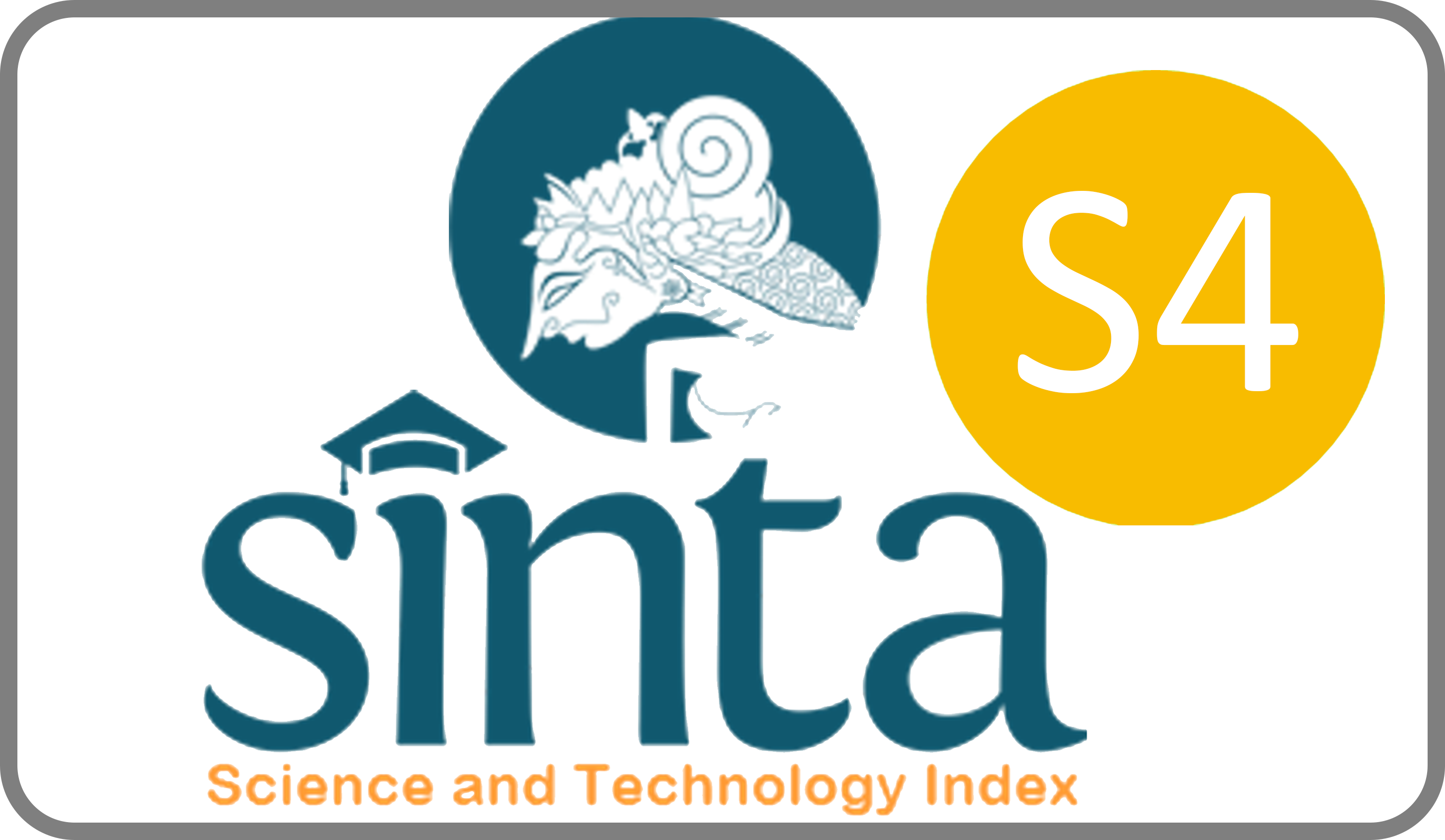MODAL AWAL MENGEMBANGKAN WISATA DESA: PENGETAHUAN KESEJARAHAN, PERSEPSI, DAN PARTISIPASI MASYARAKAT PADA SITUS PETILASAN GADJAH MADA DI DESA LAMBANG KUNING
Downloads
The past is present today through cultural heritage (historical heritage sites), but some ordinary people do not know the importance of the value of these objects, as evidenced by the trade in fragments of artifacts. This action is driven by economic motives and has no knowledge of historical objects. The main problem is how to build knowledge and awareness of historical heritage objects? The answer to this problem can be the elements used as initial capital to develop village tourism. The main value of the development of village tourism is the creation of public spaces where people can relax and gather at leisure. The development of village tourism should not be driven by economic motives that are often echoed by various parties. The methods used to elaborate are observation, in-depth interviews to find collective memory, and counseling or workshops. The findings obtained from observations, interviews, and literature studies are the use of historical sites as a destination for village tourism must be supported by the prerequisites for development, namely the knowledge of local communities on the site will foster awareness of historical heritage, uniformity of perception about the function of the site not for religious purposes, and participation community in site preservation.
abstrak
Masa lalu adalah masa kini yang hadir melalui warisan budaya (situs peninggalan sejarah), tetapi sebagian masyarakat awam tidak mengetahui pentingnya nilai benda-benda ini, terbukti dari adanya perdagangan serpihan artefak. Tindakan ini didorong oleh motif ekonomi dan tidak memiliki pengetahuan pada benda-benda sejarah. Pokok permasalahan adalah bagaimana upaya membangun pengetahuan dan kesadaran pada benda-benda peninggalan sejarah? Jawaban persoalan ini dapat menjadi unsur-unsur yang digunakan sebagai modal awal mengembangkan wisata desa. Nilai pokok pengembangan wisata desa adalah penciptaan ruang publik tempat bersantai dan berkumpul bagi anggota masyarakat setempat pada waktu senggang. Pengembangan wisata desa tidak harus didorong oleh motif ekonomi yang seringkali digaungkan oleh berbagai pihak. Metode yang digunakan untuk menguraikan adalah observasi, wawancara mendalam untuk menemukan memori kolektif, dan penyuluhan atau workshop. Temuan yang diperoleh dari observasi, wawancara, dan studi literatur adalah pemanfaatan situs sejarah sebagai destiasi wisata desa harus didukung oleh prasyarat pengembangan, yakni pengetahuan masyarakat lokal pada situs akan menumbuhkan kesadaran pada peninggalan sejarah, penyeragaman persepsi mengenai fungsi situs bukan untuk kepentingan religi, dan partisipasi masyarakat dalam pelestarian situs.
Ahimsa-Putra, Heddy Shri (penyunting). 2004. Jejak Masa Lalu, Sejuta Warisan Budaya. Yogyakarta: Kunci Ilmu
Danandjaja, James.1991. Foklor Indonesia. Jakarta: Pustaka Utama Grafiti
https://nganjukkab.bps.go.id/statictable/2018/12/11/54/jumlah-desa-dan-jarak- dari-ibukota-kecamatan-ke-ibukota-kabupaten-di-kabupaten-nganjuk-km- 2017.html
Muljono, Slamet. 1965. Menudju Puntjak Kemegahan, Sedjarah Keradjaan Madjapahit. Jakarta: P.N. Balai Pustaka
Mulyana, Slamet. 1979. Nagarakretagama dan Tafsir Sejarahnya. Jakarta: Bhratara Karya Aksara
Santosa, Revianto Budi. 2017. Trusmi: Berarsitektur Yang Tak Abadi.Yogyakarta: Mata Bangsa
Sedyawati, Edi. 2007. Budaya Indonesia: Kajian Arkeologi, Seni, dan Sejarah. Jakarta: Raja Grafindo Pers
Sidomulyo, Hadi. 2007. Napak Tilas Perjalanan Mpu Prapanca. Jakarta: Wedatama Widya Sastra bekerjasama dengan Yayasan Nandiswara & Jurusan Pendidikan Sejarah FIS Unessa
Sumadio, Bambang (ed.). 1992. Sejarah Nasional Indonesia II: Jaman Kuna. Jakarta: Balai Pustaka
UU No 11 Tahun 2010 tentang Cagar Budaya
Informan
Sumarlan, 68 tahun
Sumalianto, 80 tahun
JLM by Unair is licensed under a Creative Commons Attribution-ShareAlike 4.0 International License.
1. The journal allows the author to hold the copyright of the article without restrictions.
2. The journal allows the author(s) to retain publishing rights without restrictions
3. The legal formal aspect of journal publication accessibility refers to Creative Commons Attribution Share-Alike (CC BY-SA).
4. The Creative Commons Attribution Share-Alike (CC BY-SA) license allows re-distribution and re-use of a licensed work on the conditions that the creator is appropriately credited and that any derivative work is made available under "the same, similar or a compatible license”. Other than the conditions mentioned above, the editorial board is not responsible for copyright violation.


















